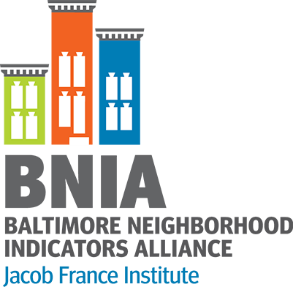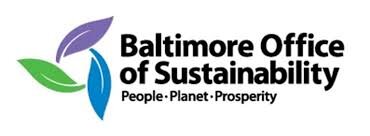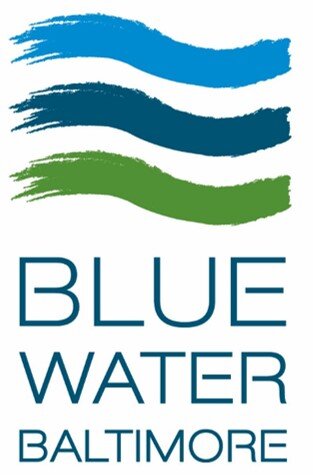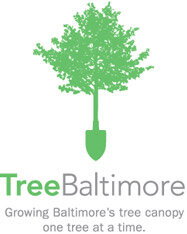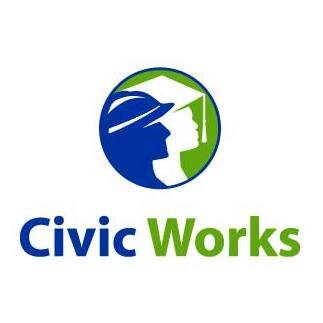Smart surfaces Baltimore report
Downloads:
2022 Update: Over the last year new studies provide a basis for updating several cost-benefit estimates included in this report. These are summarized below but do not alter the overall conclusion that Baltimore city-wide adoption of Smart Surfaces will have a benefit cost ratio in excess of 10:1. These updates are summarized here.
Baltimore Project Partners
Background
Lower-income areas of cities are disproportionately hurt by urban heat, flooding, and pollution because they are covered in dark, impervious surfaces and have few trees. This structural inequality in Baltimore—as in many cities—was reinforced by redlining and means that Baltimore is today unequal in ways that limit and damage many of its citizens lives.
The SSC Baltimore report demonstrates that these policies are not only grossly unfair, but that they are also unnecessarily economically wasteful and can and should be effectively reversed through informed city-wide Smart Surfaces policies.
Objective
Allow Baltimore to understand and quantify the costs and benefits of Smart Surfaces adoption city-wide and help meet major Baltimore objectives. Outcomes would include: reduce city summer heat, redress structural inequality, protect tourism industry and expand jobs, increase livability and health of citizens, enhance livability, increase city revenue and protect city credit rating.
Community Partnership
The Smart Surfaces Coalition worked closely with and was guided by a range of Baltimore organizations, including BNIA, Tree Baltimore, Blue Water Baltimore, Baltimore Office of Sustainability, CivicWorks and other groups working towards healthier, greener and more livable Baltimore communities.
Select Quotes on Report’s Findings
Dr. Georges Benjamin, M.D., former Secretary of Health for Maryland and current Executive Director of the American Public Health Association:
“Extreme heat in urban communities like Baltimore imposes enormous health and financial costs, including increased heat-related deaths. This is especially true in underserved and low-income minority neighborhoods. Adoption of Smart Surfaces city-wide is an essential strategy to address the devastating impacts of climate change and achieve a cooler and healthier city. This report demonstrates how and why Baltimore’s leaders, with state support, should move quickly to adopt Smart Surfaces.”
Chris Riehl, President of the Baltimore Tourism Association:
“Incorporating Smart Surfaces in Baltimore will overall improve the livability and appeal of the city, allowing the city to market itself as more sustainable, energy efficient, and desirable tourism destination.”
Brendan Shane, Climate Director at the Trust for Public Lands, former C-40 Regional Director for North America, former Head of Environmental Policy Washington, D.C.:
“The new Smart Surfaces Coalition is so essential because it provides a powerful new way for cities to address both mitigation and adaptation. It will provide to cities, and groups like C-40, a powerful new way to slow climate change and improve urban resilience and livability. It is one of the largest, and perhaps the most effective, urban climate strategy to limit warming and protect our cities.”
CITY IMPLEMENTATION
Following the release of the Baltimore report and subsequent press coverage, the Baltimore City Council introduced several bills that would accelerate Smart Surfaces implementation. The introduced legislation was met with widespread support from public health, sustainability, and equity-focused leaders. However, in response to the cool roof ordinance, industry groups representing dark surfaces expressed opposition. A different roofing industry group indicated that these arguments were based on misinformation. With partners ACEEE and IMT, SSC evaluated the claims made by both industry groups and determined that the dark surfaces industry group’s claims were demonstrably false. The below rebuttal is intended to support cities globally in debunking misleading claims against expanded urban adoption of reflective surfaces.
Baltimore City Council approved the city's cool roof ordinance on June 12, 2023, and it was signed by Mayor Brandon Scott on September 18. The ordinance requires cool roof coverings on newly constructed buildings and additions to existing buildings with low-slope roofs.



